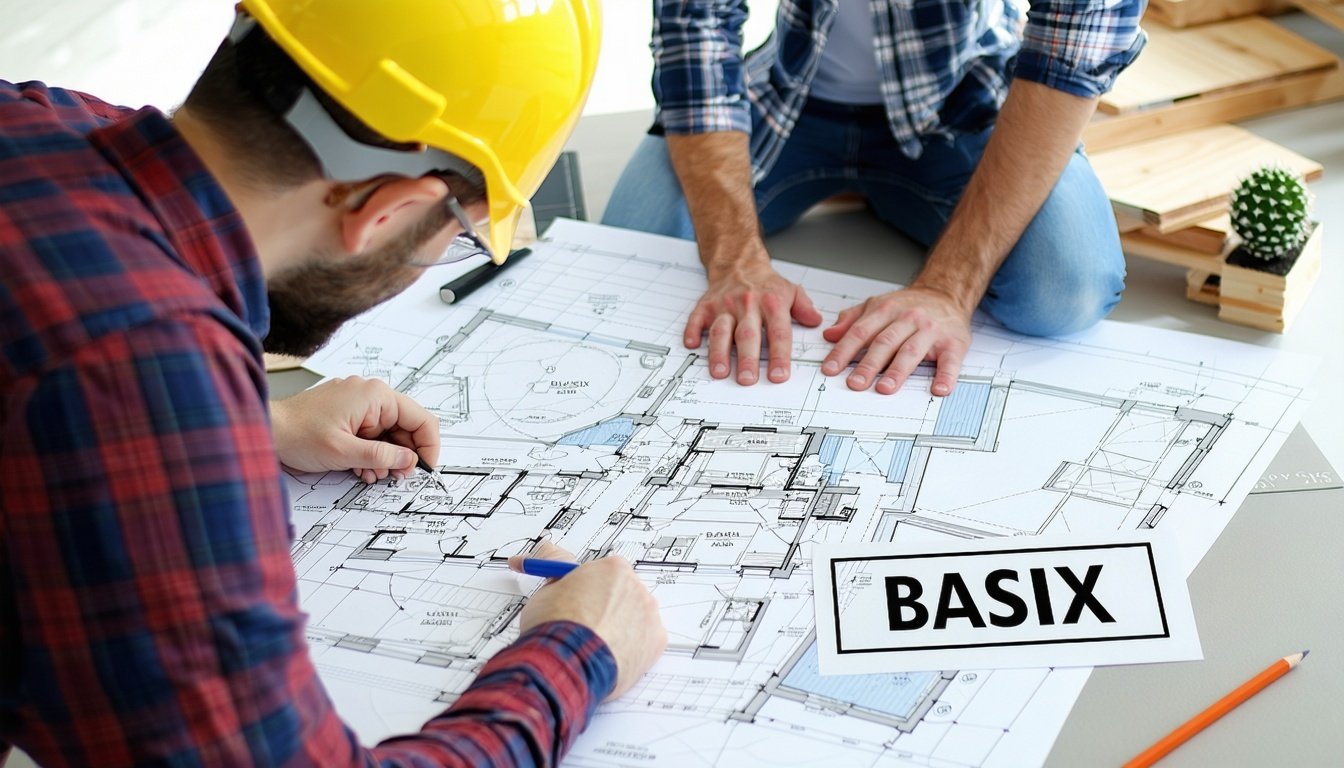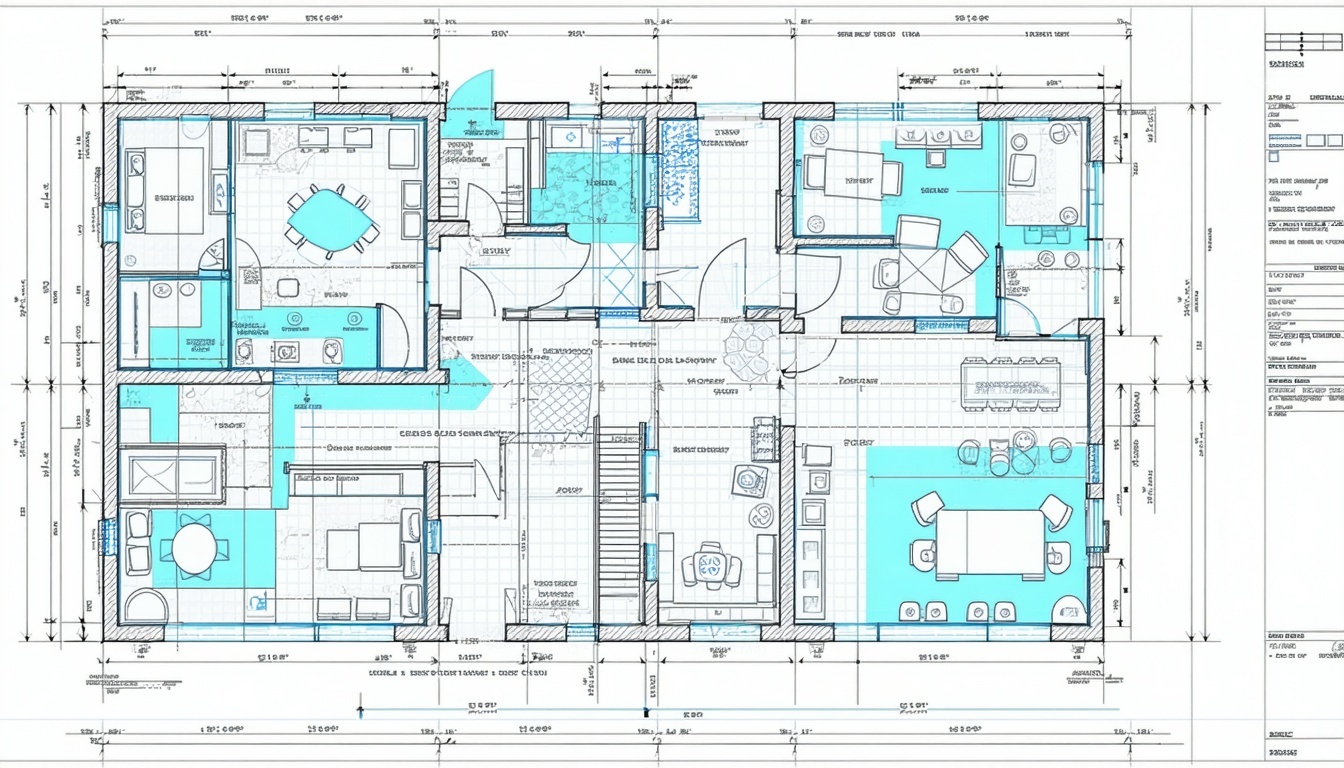Navigating the BASIX assessment process can be crucial for ensuring energy efficiency and sustainability in your new home. But is it advisable to get this assessment before your construction plans are finalised?
What stage of design is ideal for starting a BASIX assessment?
The ideal stage to start a BASIX (Building Sustainability Index) assessment is when your design plans are approximately 70% complete. At this stage, the fundamental aspects of your design, such as the orientation, layout and major structural elements, should be relatively firm. This allows the assessor to make accurate calculations regarding energy efficiency, water usage, and thermal comfort.
However, it's essential to note that starting the BASIX assessment too early can lead to challenges if significant design changes are made later. Conversely, waiting too long can delay your project timeline, as BASIX compliance is mandatory for obtaining your development application (DA) approval in New South Wales.
Pros and cons of early-stage BASIX submissions
Submitting a BASIX assessment at an early stage can have both advantages and disadvantages. One of the primary benefits is the ability to identify potential issues early, allowing for design modifications that can improve sustainability outcomes without significant rework.
On the downside, early submissions might necessitate multiple updates if your design undergoes substantial changes. This can lead to additional costs and time spent on re-assessments. Balancing the timing of your submission is crucial to avoid these pitfalls while still reaping the benefits of early identification of compliance issues.
How to prepare a BASIX assessment with draft or concept plans
Preparing a BASIX assessment with draft or concept plans involves a few key steps. First, ensure that your draft plans include all critical elements such as floor plans, elevations, and site plans. These should provide enough detail for the assessor to evaluate the building’s energy efficiency, water usage, and thermal comfort.
Next, work closely with your BASIX assessor to discuss any preliminary findings and recommendations. This collaborative approach helps ensure that your draft plans are on the right track and can accommodate necessary changes more seamlessly. Finally, be prepared to make adjustments based on the assessor’s feedback to optimise your design for BASIX compliance.
What if changes happen after you’ve submitted your BASIX assessment?
If changes occur after you’ve submitted your BASIX assessment, it’s important to understand that modifications can still be managed. Minor changes that don’t significantly affect the building’s energy performance or water usage can often be accommodated without requiring a full re-assessment.
However, substantial design changes may necessitate an updated BASIX certificate. It’s advisable to communicate any changes to your assessor as soon as possible to determine the best course of action. Keeping all stakeholders informed helps manage expectations and ensures compliance is maintained throughout the project.
Certified Energy’s flexible assessment approach for evolving designs
At Certified Energy, we understand that design evolution is a natural part of the construction process. Our assessment approach is flexible, allowing us to accommodate changes and updates efficiently. We work closely with homeowners and designers to ensure that BASIX compliance is achieved without compromising the integrity of the project.
Our team of experts is equipped to provide guidance and support throughout the assessment process, from initial submission to final approval. By partnering with Certified Energy, you can rest assured that your BASIX assessment will be handled with the utmost professionalism and attention to detail, ensuring a smooth and compliant project journey.







